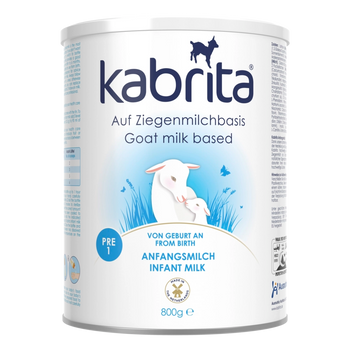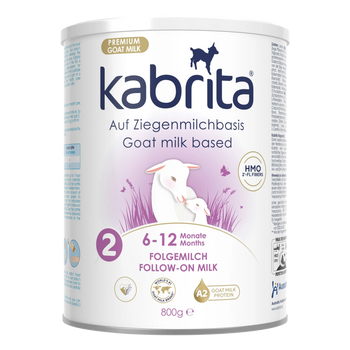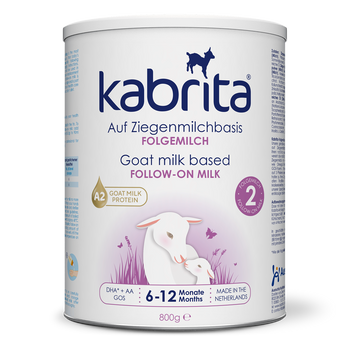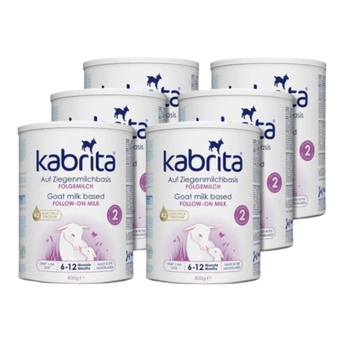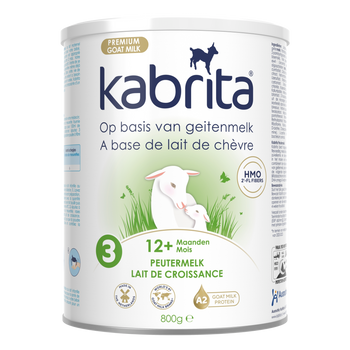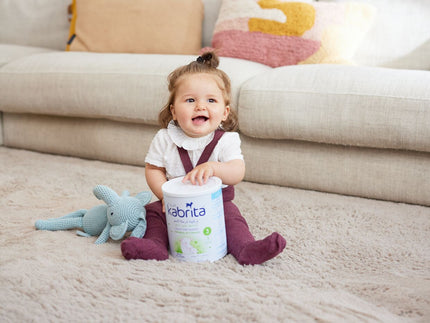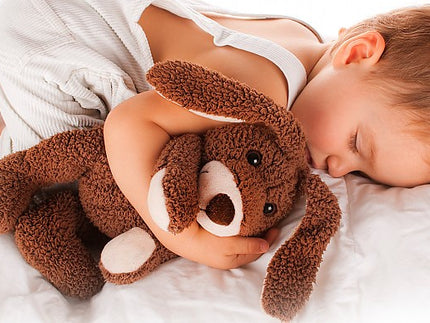Baby teething - all you need to know

When do baby teeth start to emerge?
Most children cut their first tooth at around six months. This is an average: some children get a tooth at four months, while the first tooth is only visible in others after eight months. In most cases, the first tooth that comes through is one of the lower front teeth. This is followed by the rest of the incisors (8 to 12 months), the first molars above and below (12 to 16 months), the canines (16 to 20 months) and finally the remaining molars above and below (20 to 30 months). Of course, every child is different, and the timing of the various teeth may differ when it comes to your little one.
Natal teeth
Sometimes a baby can be born with a tooth, which is known as a natal tooth, although this is very rare. This is often a big surprise for the parents, but a natal tooth is nothing to worry about. As long as your baby is not bothered by it, you don't have to go to the doctor or the clinic.
How do you notice that teeth are coming through?
Cutting teeth is very annoying for most babies and children. The tooth must come through the gums, something that causes a nagging pain. Once most of the tooth is through, you will notice that the pain disappears, even when the tooth is only small. When the first tooth appears, it is often unclear to parents what is wrong with their child who is grizzly and is feverish without real cause. If you are unsure, gently pass your finger over the gums. If you can feel a hard, slightly protruding lump, there is a good chance that a tooth is about to come through.
What are the symptoms of teething?
Certain symptoms are very common for teething little ones. Possible signs are:
• Your baby is drooling a lot
• Your child is listless and quick to cry
• Your baby has red cheeks
• Your baby has a raised temperature
• Your child has diarrhoea.
• Your child has less appetite than usual
• Your baby wants to drink or suckle more often
• Your child wants to put everything in his mouth and bite everything
• Your child pulls his ear lobes a lot
Your baby will often have several of these symptoms, with drooling and being listless or 'out of sorts' being the most common signs. Tip: to prevent drool stains, put a bib on your little one. There are special drool bibs for sale that also look very cool.
Not sure if your child is bothered by teething or just sick? If the fever lasts longer than two days, it is advisable to visit the doctor. Is the drooling, the listlessness and the fever accompanied by symptoms other than those mentioned above? Make an appointment with your doctor.
How to ease the pain
Your little one's teeth must come through, there is nothing you can do about it. What you can do as a parent is to ease the pain for your child. We've compiled several useful tips:
• Massage the gums around the affected area to relieve the pain. You can do this with your (clean) finger, but also with a cotton bud.
• Give your child something hard to bite on, such as a teething ring. Put the teether in the freezer for a while, this makes it extra cooling.
• Do you feel that your baby needs extra water? Feel free to give him extra drinks. A little cold water or milk can be nice.
• Do not get cross with your baby because he is grumpy but show understanding and give extra love and hugs.
• At the pharmacy, you can find different brands that offer dental gel specifically for the pain of teething. You can apply this gel to the painful gums, which will ease the pain. Always read the package leaflet before use.
• Does your child have a lot of pain or even a fever? A paracetamol suppository can relieve pain.
How to care for first teeth
You can start brushing the teeth from the moment the first tooth comes through. Don't think it's too early for this; it is precisely the first milk teeth that are very vulnerable. Use a soft toddler toothbrush with infant toothpaste to brush the teeth. This toothpaste has a mild taste that your child will love. Brushing once a day is sufficient for the first two years. Tip: let your child regularly hold the toothbrush so that he slowly learns what a toothbrush is and how to use it. Letting him chew the toothbrush will massage the gums at the same time, which in turn relieves pain.
About this article
This article is part of a series about common baby ailments. The information in this article has been compiled with care and is intended to support young parents in dealing with teething babies. Every child is different and that is why we always advise you to contact your GP or consultation doctor in case of severe and/or persistent symptoms. Seek the advice of a professional who is familiar with the specific situation of your child and is, therefore, best placed to estimate whether further investigation is needed.
Look out for our other articles about baby ailments on our blog page. Has this information helped you? Then please share this article and help other parents who also have problems. You can share via the 'Share' buttons for email, Facebook and Twitter at the bottom of this page.
About Kabrita
Kabrita Goat Milk infant formula combines mild Dutch goat milk with a composition in line with the latest scientific findings. This creates a comprehensive bottle formula that delivers important nutrients in a mild, friendly way. Kabrita is produced entirely in the Netherlands with Dutch goat milk.
Want to stay up to date with the latest news about Kabrita? Follow us on Facebook.
